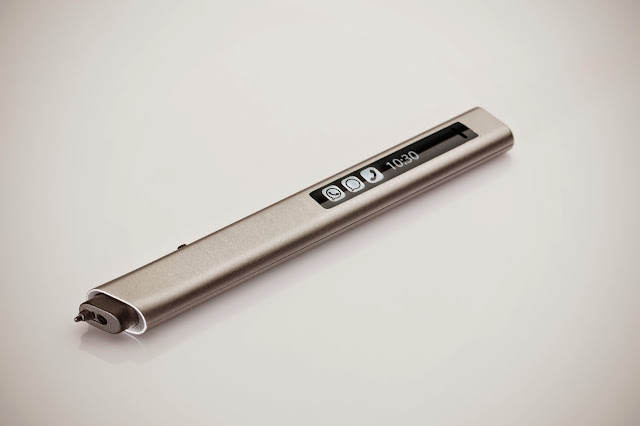Japanese researchers have developed a high speed camera that can record events at a rate of more than 1-trillion-frames-per-second.A new high speed camera ables to capture images a thousand times faster than formal high speed cameras.By this camera researchers can watch or capture waves of atoms travelling through crystal structures at one sixth of the speed of light, or about 28,000 miles per second.
The new technology was created by Keiichi Nakagawa from the University of Tokyo called Sequentially Timed All-optical Mapping Photography (STAMP).According to the team of researcher the new device, "holds great promise for studying a diverse range of previously unexplored complex ultrafast phenomena."
The speed of conventional high-speed cameras are limited because of their mechanical and electrical components.The new camera solve this issue by using only fast, optical components.
The pump-probe method is another optical technique, can create movies and take images at even higher speed than STAMP, but at this time, it can capture one frame at a time.
Nakagawa said, ""Many physical and biological phenomena are difficult to reproduce.This inspired me to work on an ultrafast camera that could take multiple frames in a single shot."
The camera splits an ultra-short pulse of light into different colours such as rainbow that hit the imaged object in quick succession.Then each flash is analysed to see how the object looked like over the period of time of the flash.The first version of STAMP could take six frames in a single shot.But now latest version of STAMP can take 25 images and they have aim to increase the number of frames up to 100 with this technology.
Nakagawa and his team utilized this camera with image electronic motion and lattice vibrations on a crystal of lithium niobate to watch how a laser focused onto a glass plate creates a hot, rapidly expanding plume of plasma."I think it is important to note that there might be many potential applications of STAMP that I have not imagined," Nakagawa said. "I hope more researchers will become interested in STAMP."
































































